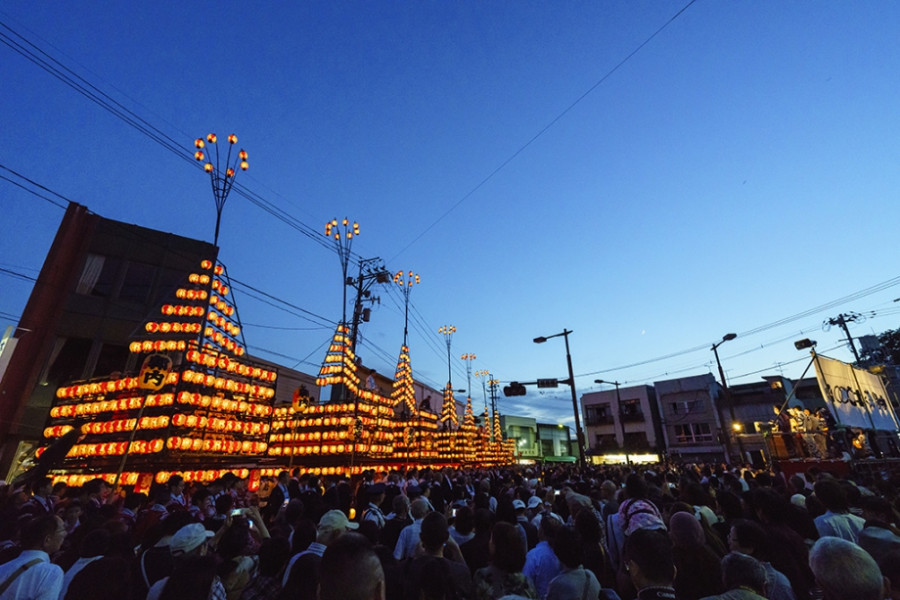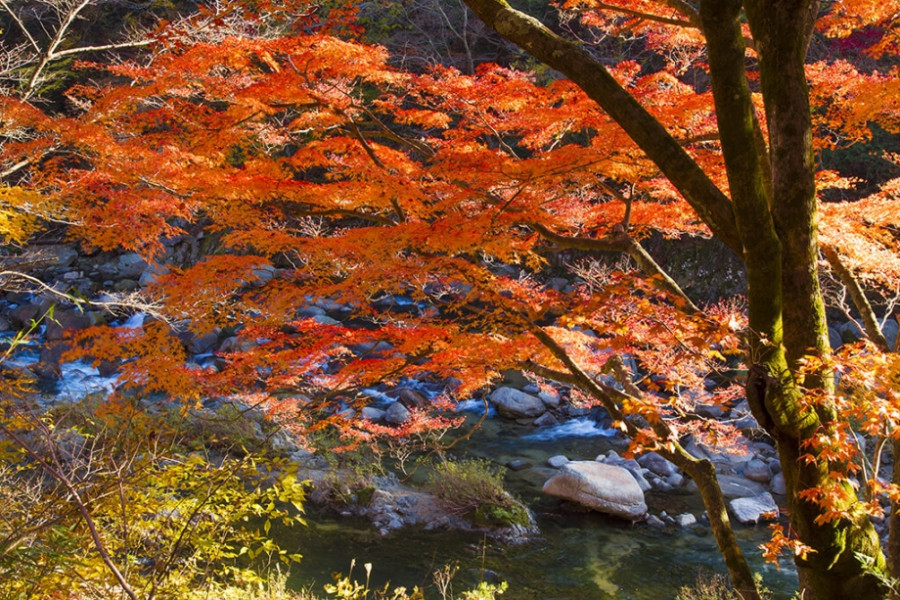
The Warehouses of Kitakata
In the Meiji and Taisho eras, Kitakata City experienced a boom in the construction of kura (traditional Japanese storehouses). There are approximately 4,200 still left in the city today. While these were used both as storehouses for businesses in the brewing and lacquerware industries, the building of a kura has traditionally been considered among Kitakata locals as a great symbol of status, and a source of pride.In the Mitsuya District, the rows of brick storehouses are reminiscent of rural Europe, whereas in the Sugiyama district, they have roofs that take the appearance of helmets. Visitors can see a range of kura and other traditional buildings at Kitakata Kura-no-Sato museum, or enjoy exploring the kura of the city on foot or by bike.See here for a 1 day itinerary for visiting Kitakata City.Check out a map of the kura located around Kitakata City.



